Samsung's calling their latest flip phone a "pocket-sized selfie studio," but here's the twist: the cameras themselves haven't changed a single megapixel. What has transformed is how you'll actually use them — and that might be the smarter play.
The Galaxy Z Flip 7's nearly bezel-less 4-inch cover display represents the biggest visual upgrade Samsung's made to their flip series. While the phone packs the same 50MP main camera, 12MP ultrawide, and 10MP selfie shooter as its predecessor, the larger Flex Window display lets you see more of the camera preview than ever before. This isn't just about cramming more pixels into a sensor — it's about solving the fundamental usability problem that's plagued flip phones since day one.
Why the cover screen is your new favorite camera feature
Remember when flip phones meant shooting blind? Those days are officially over. The Galaxy Z Flip 7's 4.1-inch external screen runs full apps like Netflix, but more importantly for content creators, it transforms how you interact with the camera system without opening the phone.
Here's where Samsung gets clever: Samsung now lets you add virtually any Android widget to the cover display, with up to four widgets on one screen. Gone are the full-screen panels seen on previous Galaxy Z Flip models — instead, you get unprecedented flexibility to build camera workflows that actually make sense for your shooting style.
This widget system creates genuine workflow efficiencies beyond simple customization. Imagine setting up dedicated shortcuts for different content creation scenarios: a quick-access combination for street photography with exposure controls, a separate setup optimized for social media content with editing tools, or a streamlined interface for professional video work with stabilization settings. Each configuration becomes a purpose-built camera interface that adapts to how you actually shoot.
PRO TIP: Set up a 2×1 widget for quick camera access alongside smaller shortcuts for different shooting modes. It's like having a dedicated camera remote that fits in your palm.
The cover screen eliminates the awkward positioning dance that comes with flip phone photography. Whether you're framing that perfect group shot or hitting the right selfie angle, having a legitimate preview fundamentally changes how confidently you can compose shots in challenging situations.
The ProVisual Engine does the heavy lifting your eyes can't see
While Samsung kept the hardware identical, they've been busy optimizing what happens after you press the shutter button. Now that you can actually see what you're shooting thanks to that expanded cover display, the improved processing makes those carefully composed shots count. The updated ProVisual Engine helps enhance shots, particularly evident in how it drew out better details at 10x zoom in direct comparisons with the Z Flip 6.
The improvements show up in subtle but meaningful ways. In head-to-head testing, the Galaxy Z Flip 7 applies portrait blur effects more realistically, avoiding the uniform background blur that screams "artificial." Low-light performance sees the biggest gains — details in trees appear more defined with the Galaxy Z Flip 7, whereas the Z Flip 6 softens them.
The Galaxy AI integration brings Sketch to Image, Sound Erase and Gemini Live suggestions, turning your flip phone into a more capable creative tool. It's the kind of computational photography progress that doesn't show up in spec sheets but absolutely shows up in your photo roll — and makes even more difference when you can compose shots properly using that larger external display.
What this means for your actual photo-taking experience
Let's get practical about how these changes reshape everyday photography. The phone measures just 13.74mm thick when folded, making it the slimmest Z Flip phone yet — that's genuinely pocket-friendly in a way most flagship phones aren't.
This compact form factor opens up shooting opportunities that traditional phones simply can't match. Think low-angle shots where you can fold the phone and set it on surfaces for steady framing, or creative angles in tight spaces where the flip design lets you position the camera in ways that would be impossible with a standard slab phone. The improved external display means you can execute these creative shots with precision instead of guesswork.
The 4,300 mAh battery supports longer photo sessions without the constant charging anxiety, though the 25W wired charging feels a bit slow by 2025 standards. Still, 42-hour battery life sets new standards for intensive photography use on clamshell foldables.
The IP48 rating gives you some peace of mind around water resistance, though you'll still want to baby that hinge mechanism. And at $1,099 starting price, Samsung isn't positioning this as a budget-friendly photography option — it's competing directly with traditional flagship phones on creative capability rather than raw specs.
The bottom line: sometimes less hardware, more experience wins
Samsung made a calculated bet with the Z Flip 7: instead of chasing megapixel counts or adding telephoto lenses, they focused on making the cameras you have work better and feel more natural to use. The larger cover screen eliminates the guesswork from flip phone photography, while improved processing algorithms deliver measurably better results from the same sensors.
This experience-first approach signals a broader shift in how manufacturers think about mobile photography evolution. Instead of cramming more hardware into devices, the focus turns to removing friction from creative workflows and making existing tools more accessible. For foldables specifically, this represents a maturation of the form factor — moving beyond novelty toward solving real usability challenges.
Will this approach satisfy users hoping for major camera hardware upgrades? Probably not. But for anyone who's struggled with the practical realities of flip phone photography — the blind shooting, the awkward angles, the constant phone-flipping dance — the Z Flip 7's improvements hit exactly where they hurt most. Sometimes the best camera upgrade isn't about the camera at all. It's about making the one you have actually usable.
What you need to know: Preorders are available now with general availability on July 25th. The real question isn't whether these camera tricks will elevate your selfie game — it's whether Samsung's experience-first approach will convince you that sometimes, software innovation beats hardware specs every time.




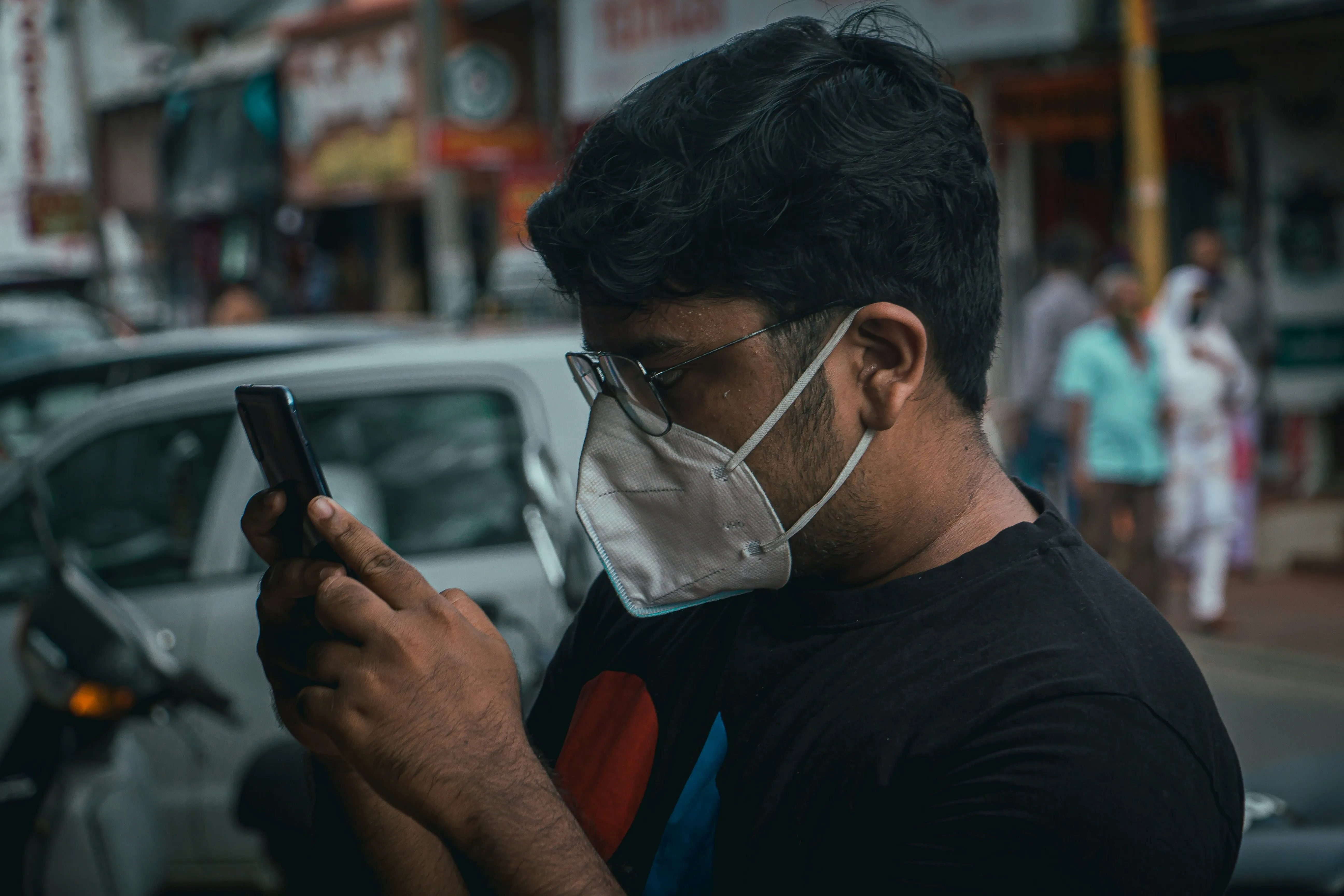
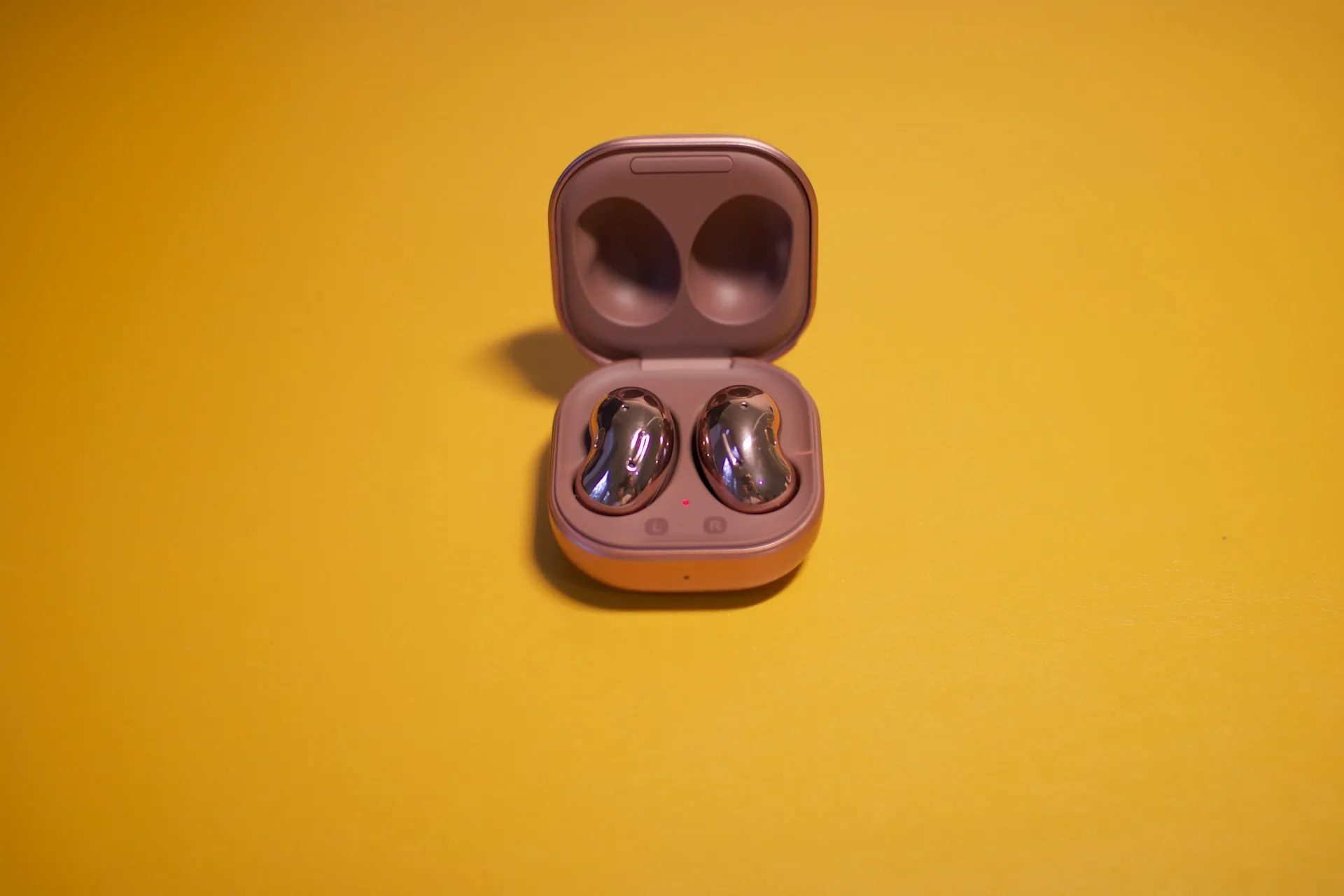
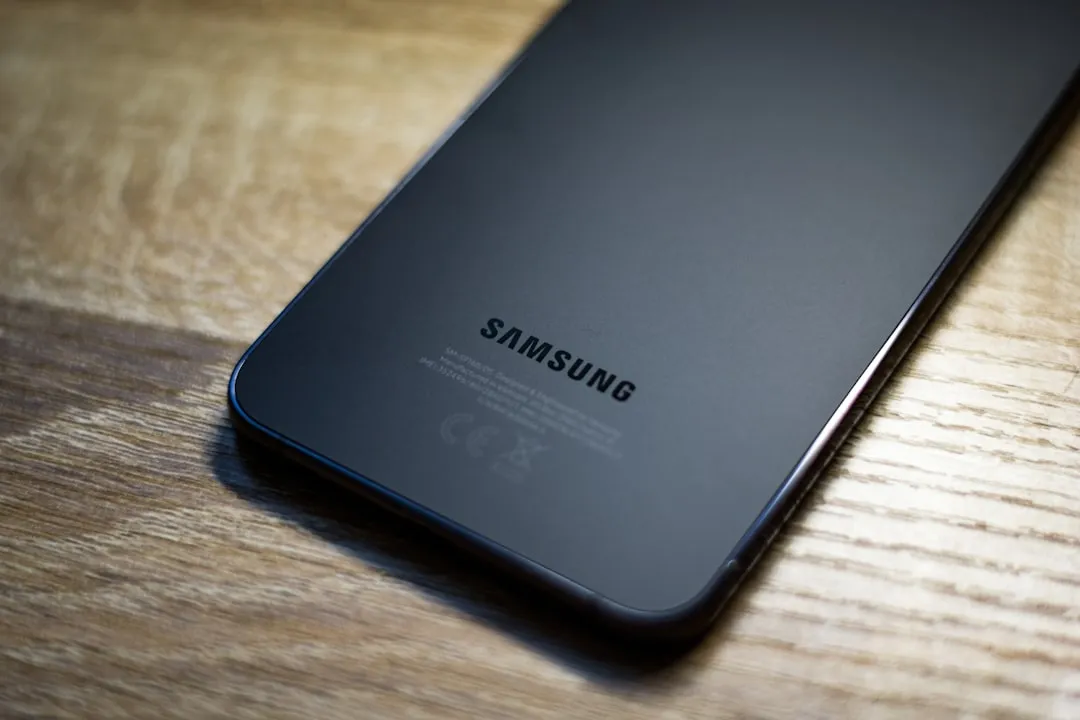
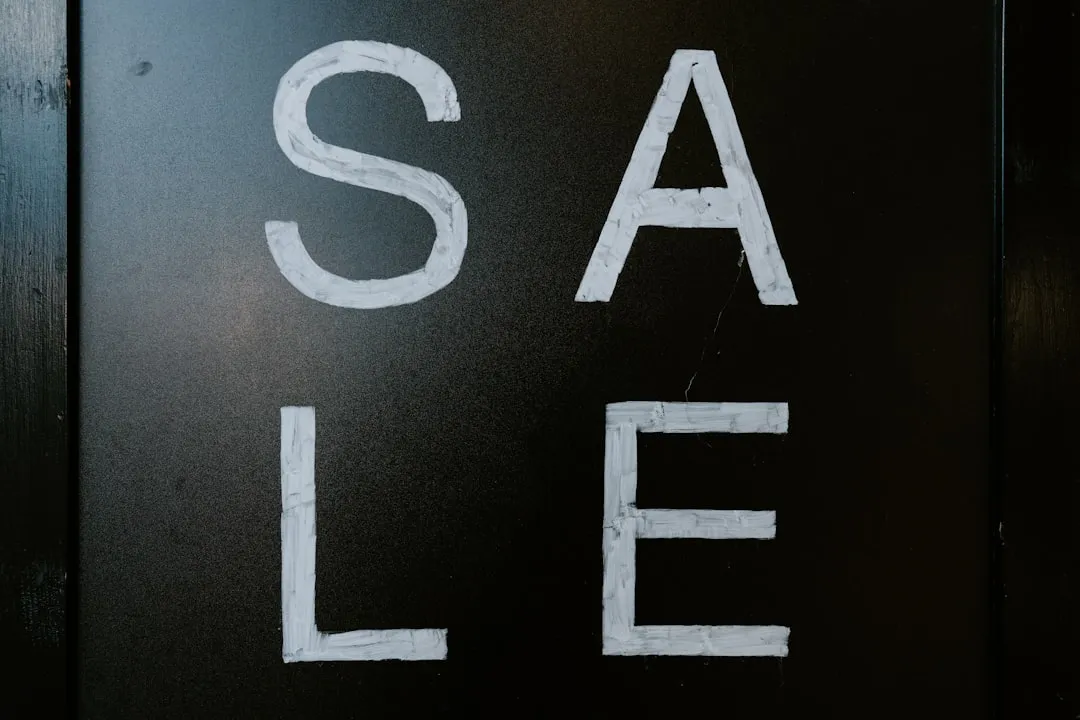
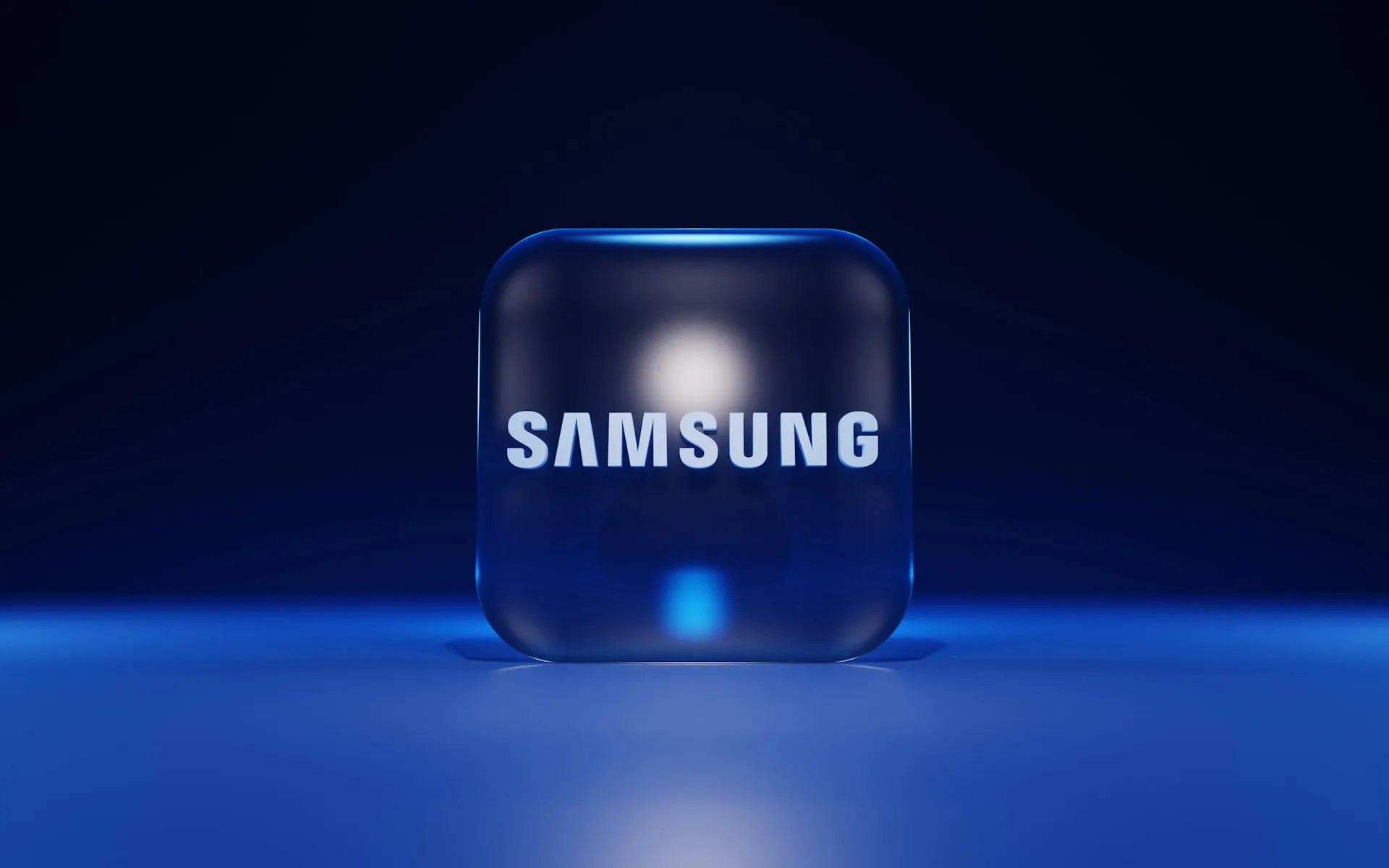
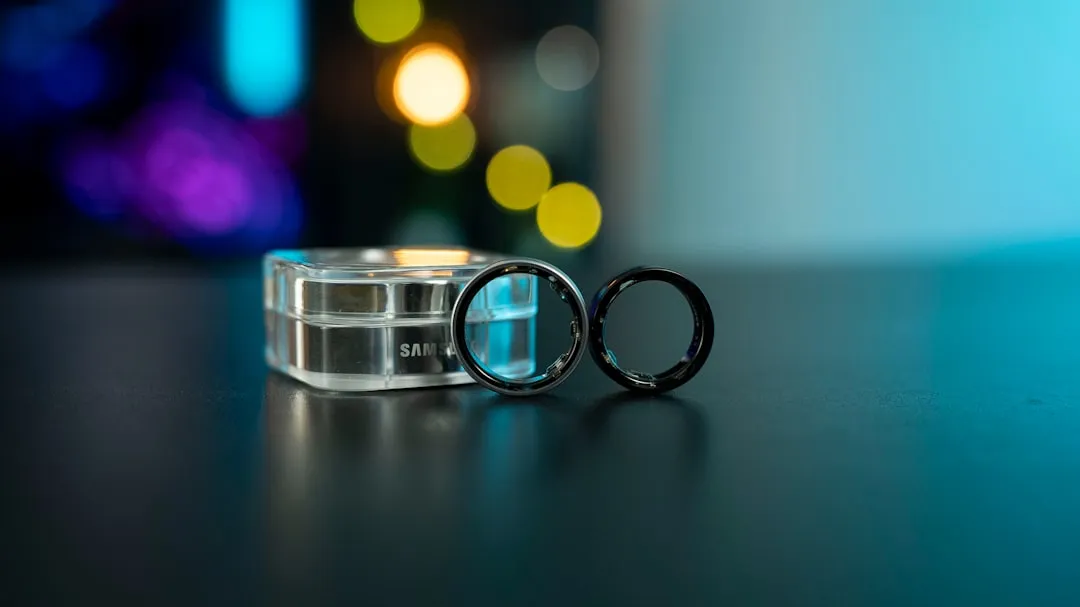
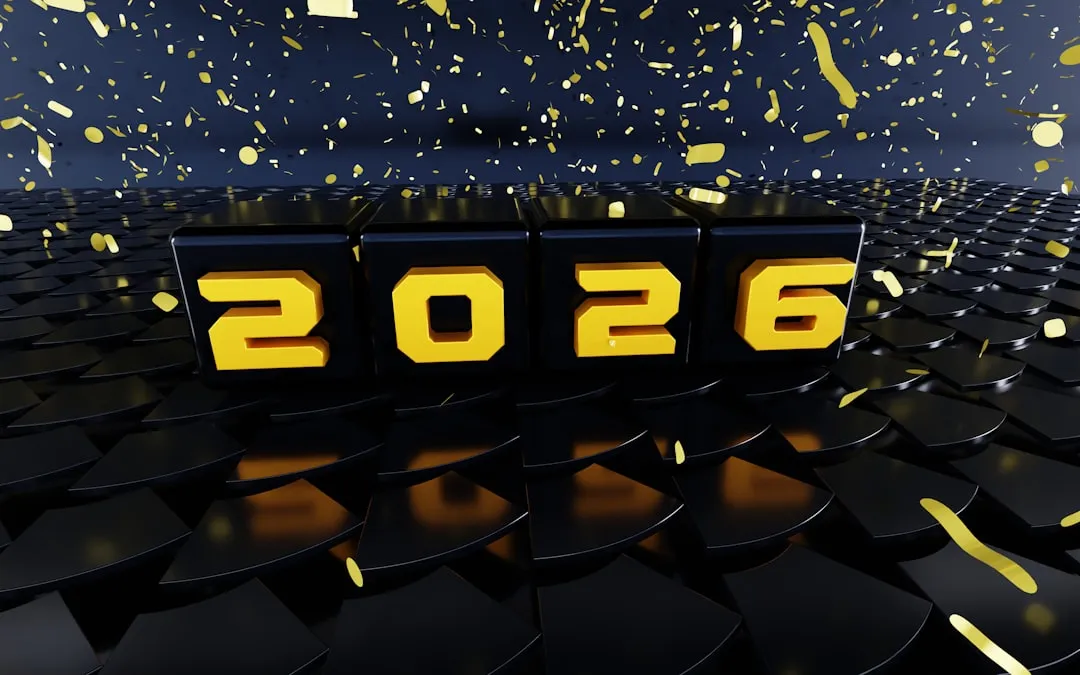
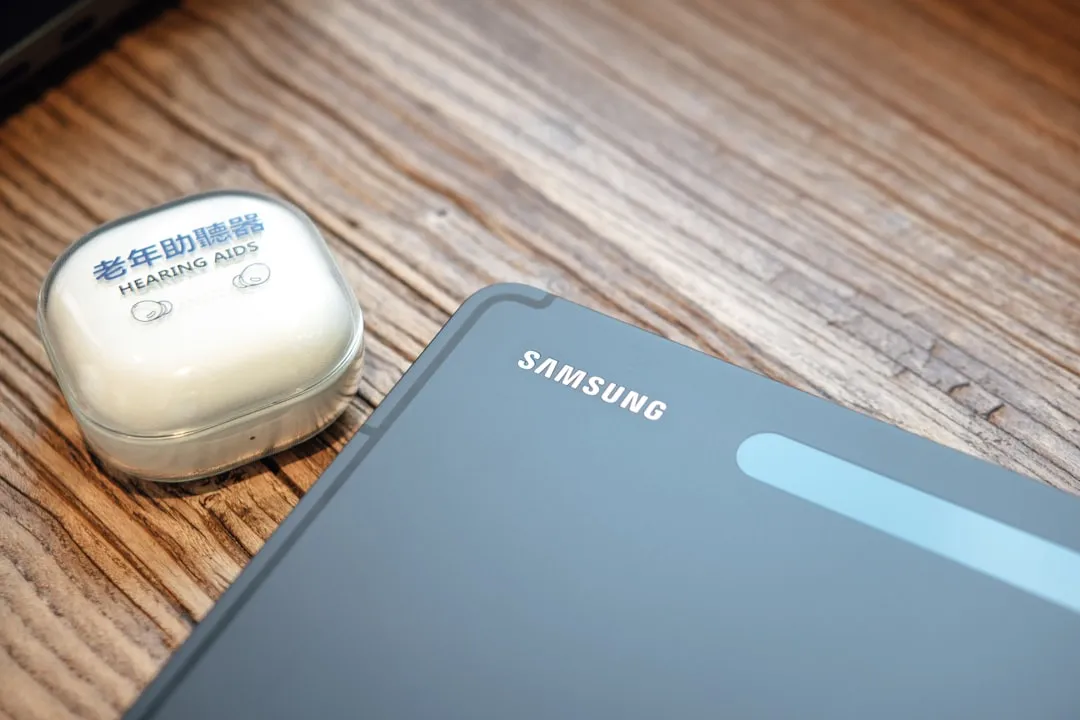
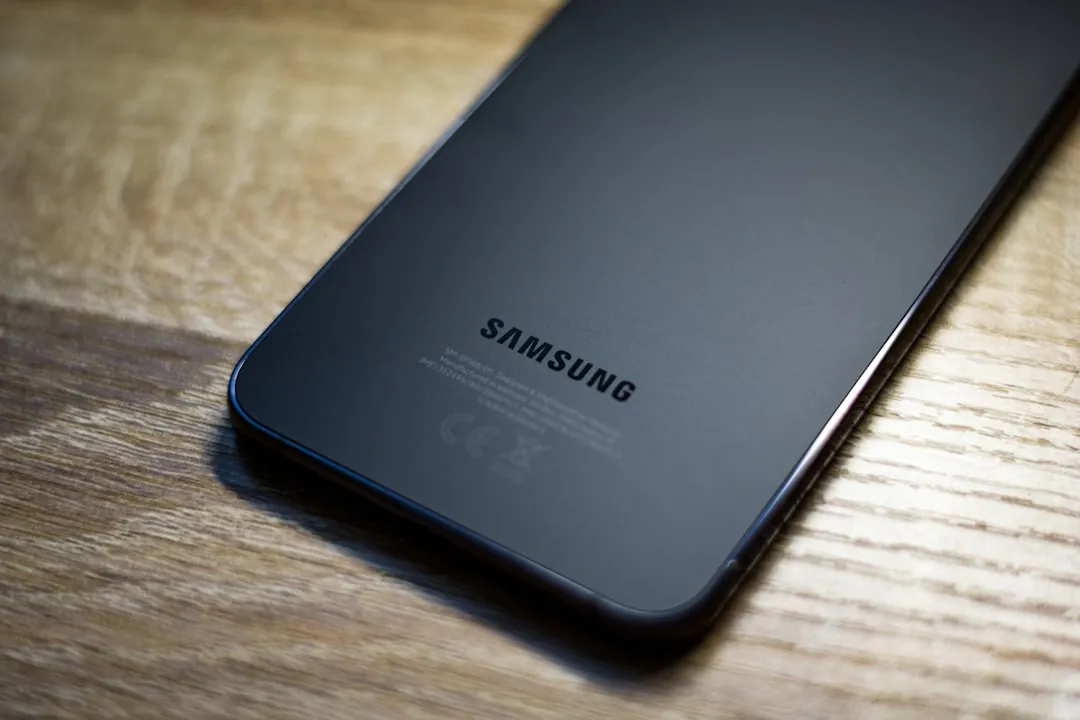



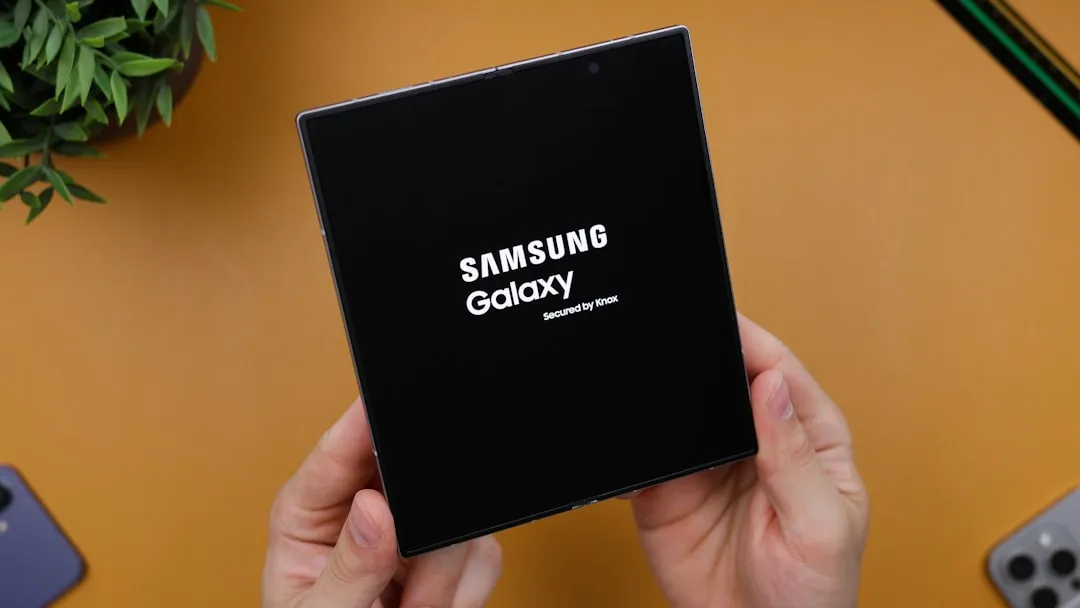
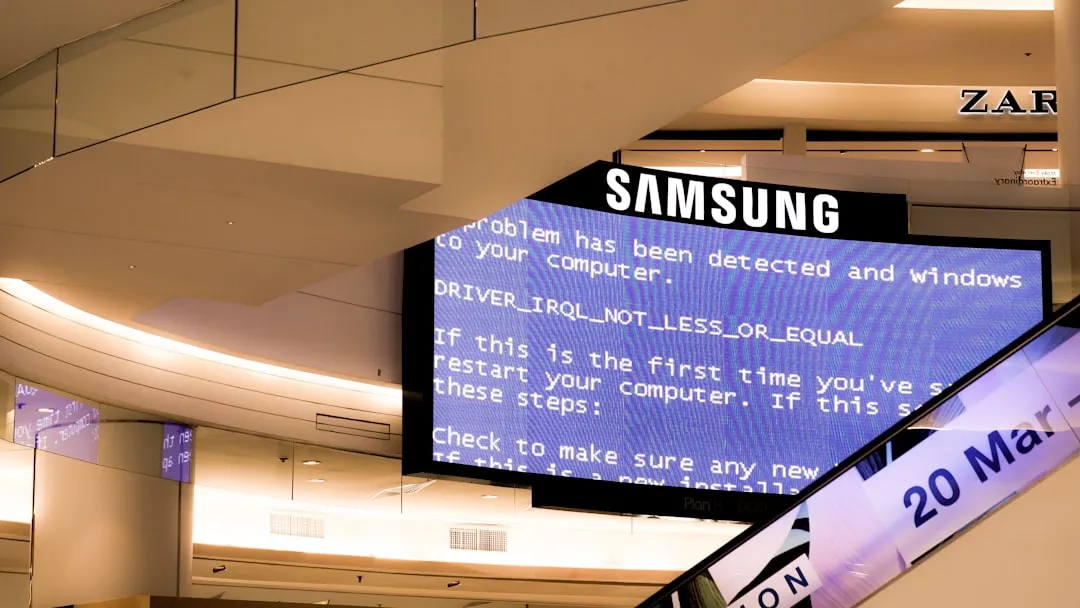
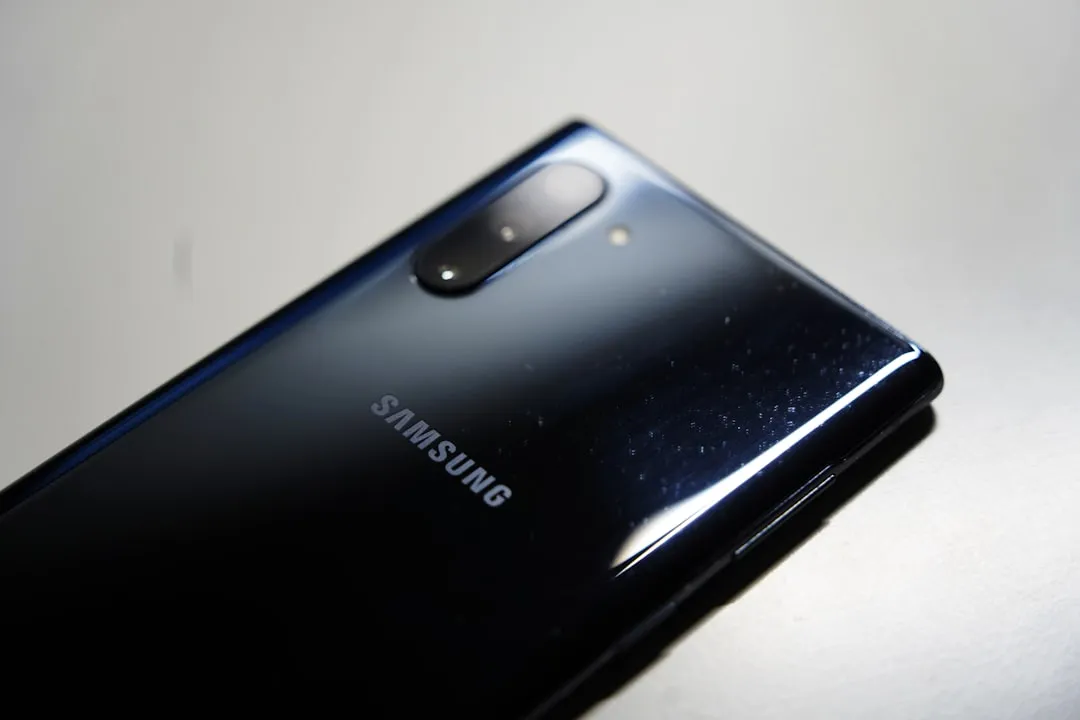
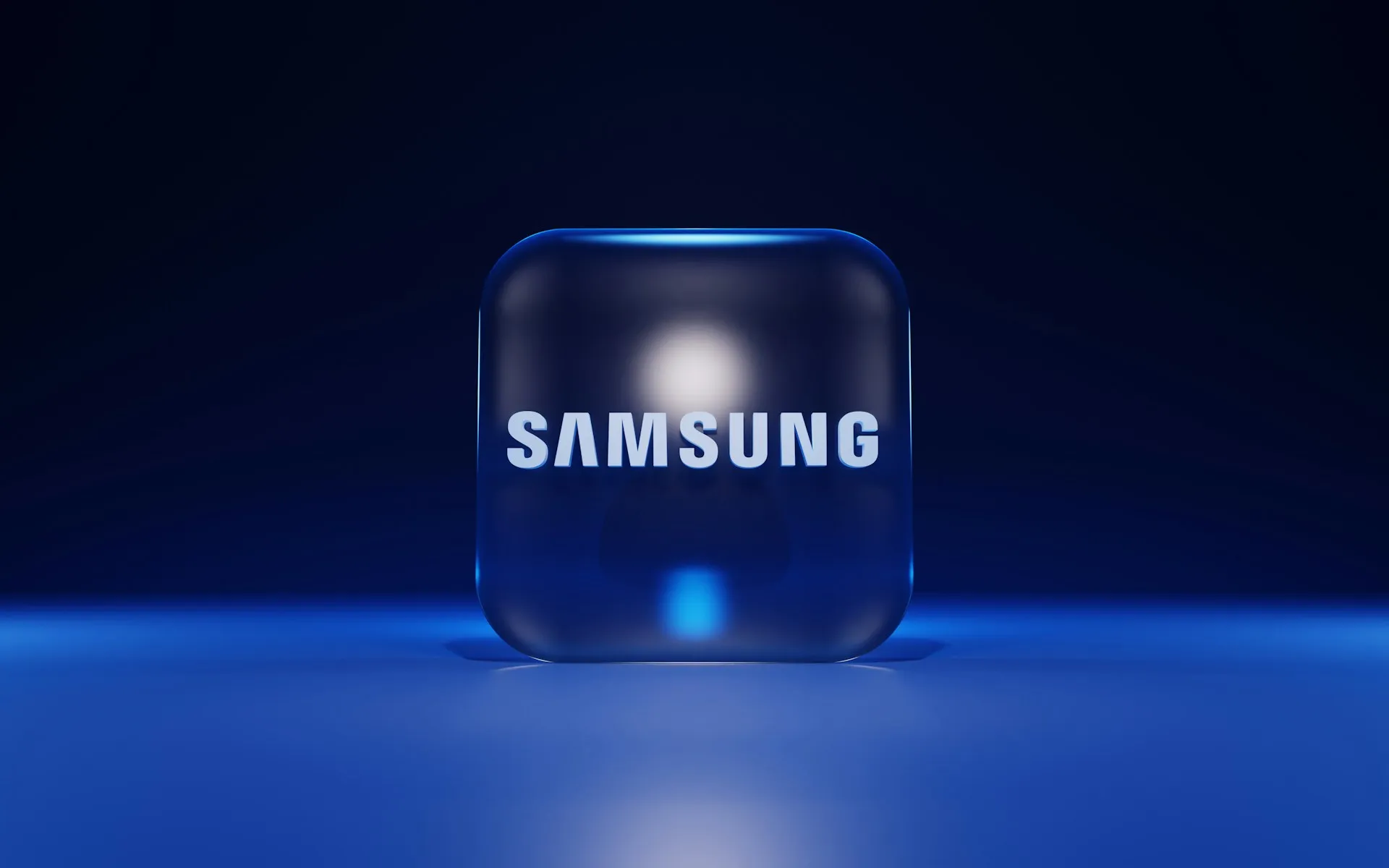
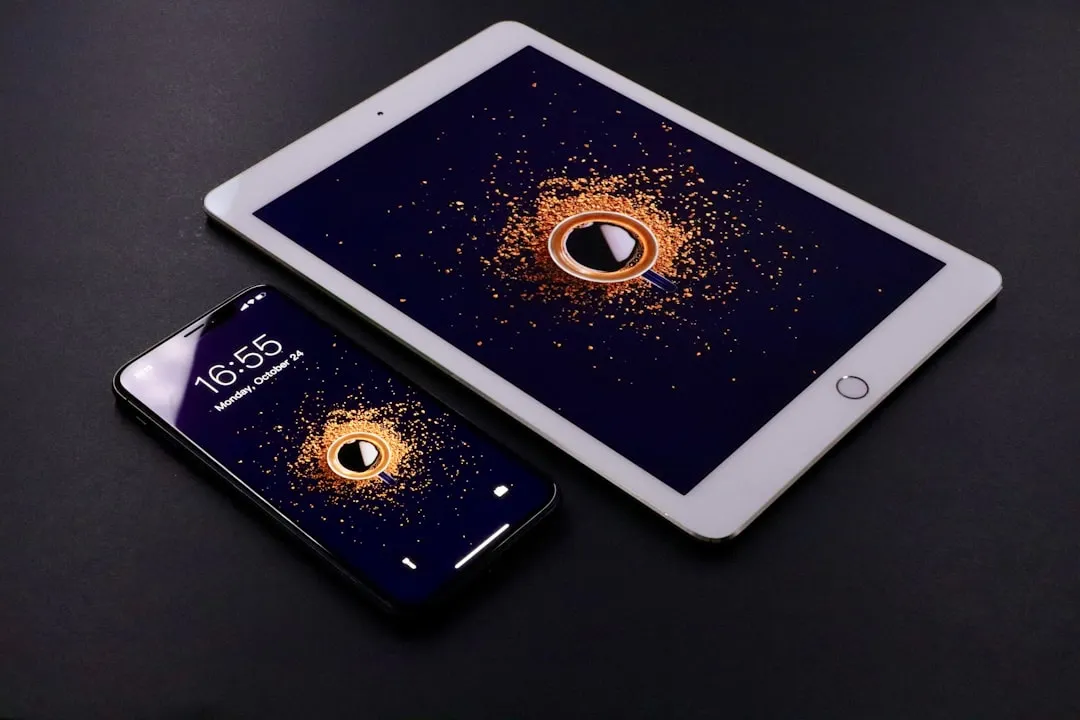
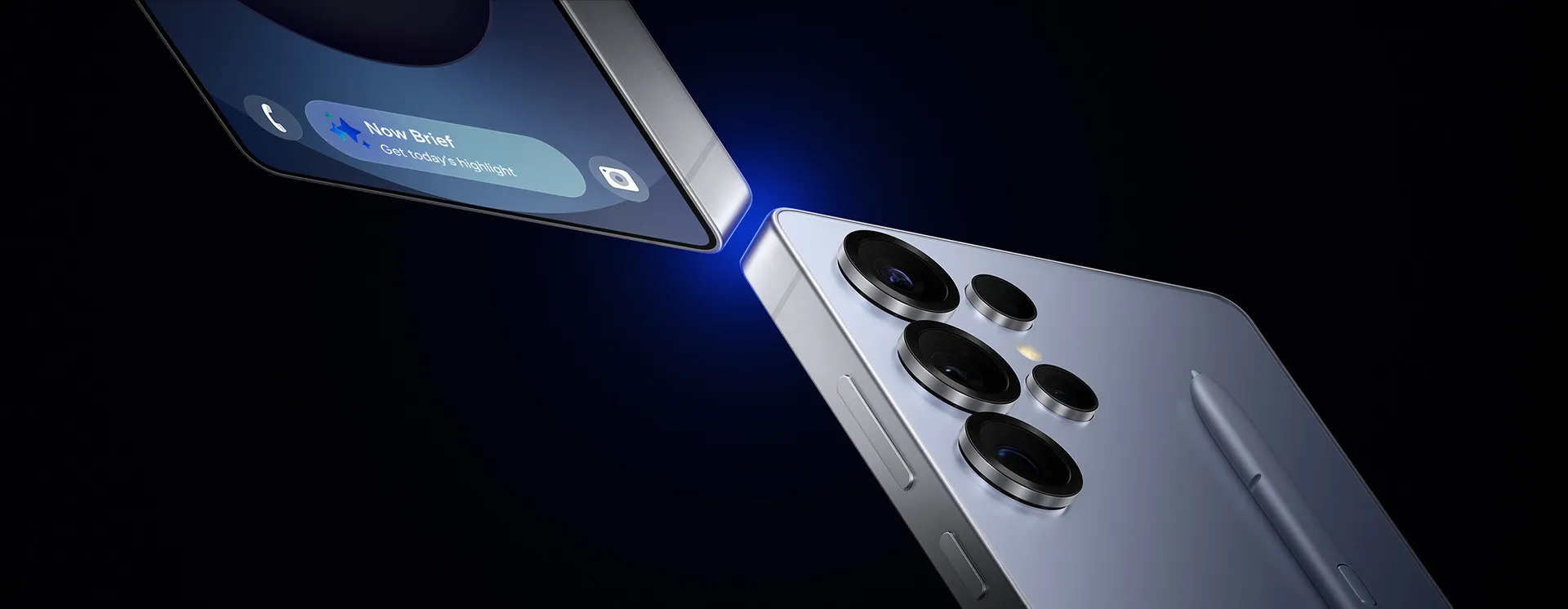

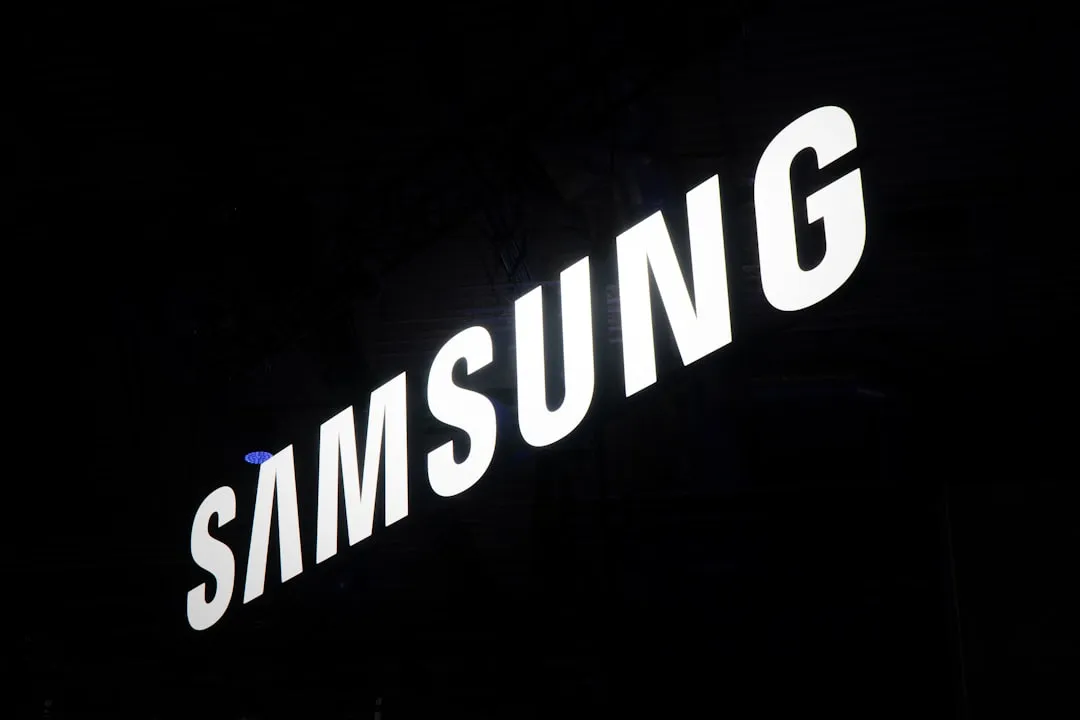

Comments
Be the first, drop a comment!